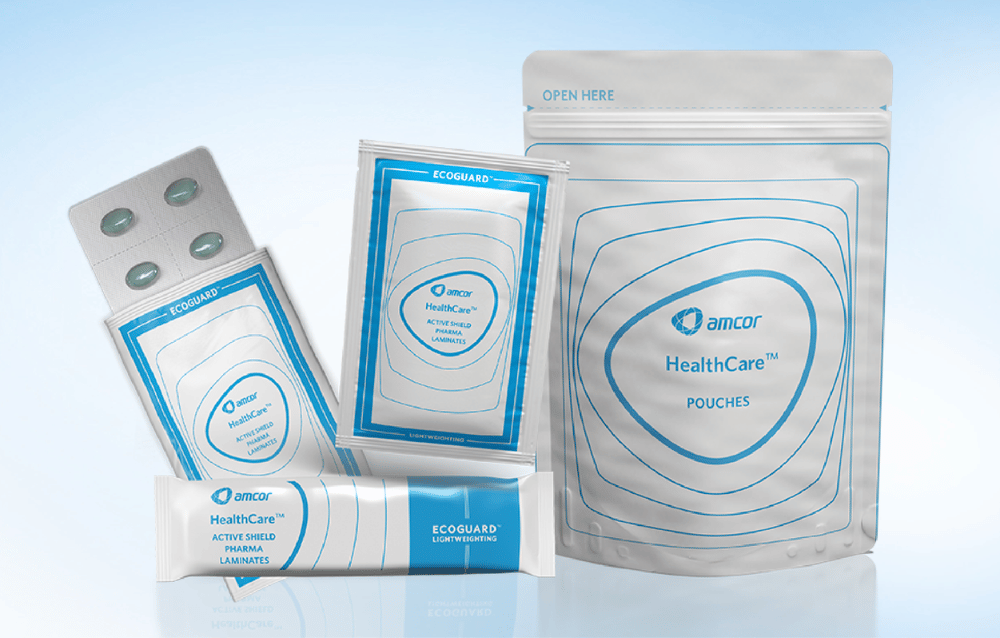How to Identify the Right Pharma Packaging Format for Your Solid Dose Application
Pharma
September 21, 2023Reading time: 3 minutes

Pharma packaging formats are varied and versatile, but selection must be very specific. Without the right packaging in place, oral solid medications can spoil, degrade, or lose efficacy — potentially putting user safety at risk.
There’s also regulatory compliance to consider. What types of pharmaceutical packaging best protects solid dosage forms and also provides clear labeling for identification, use, storage instructions, etc.? Is child safety and/or senior friendliness taken into consideration?
Understanding established pharma packaging formats and innovations coming onto the market goes a long way in making the right choice for oral solid medications.
3 levels of pharmaceutical packaging
Pharmaceutical packaging encompasses three levels:
- Primary packaging has direct contact with the capsules or tablets (blister packs, bottles, sachets, stick packs, ampoules, etc.).
- Secondary packaging protects and groups primary packages (cartons, boxes, blister cards and wallets, labels, shipping containers, etc.).
- Tertiary packaging protects products and primary and secondary packaging during shipping and storage (pallets, containers, edge protection. etc.).
Each level of packaging needs to be recognized as serving a valuable purpose. However, primary packaging is the focus of the following comparisons and discussion.
5 types of primary pharmaceutical packaging
- Blister packs: Thermoformable or cold formable webs and lidding offer superior protection of capsules and tablets, easy dosing and refill management, and opening features that promote child safety and senior-friendliness.
- Sachets: Small four-sided sealed packets that provide on-the-go convenience.
- Stand-up pouches: This packaging format isn’t currently used for regulated medications, but it is increasingly popular for consumer health products such as dietary supplements.
- Vials or mini-jars: Plastic containers that are larger than ampoules and can store liquid, solid, or powder medications.
- Bottles: Bottles are among the oldest and most common forms of pharma packaging. In addition to portability and protection, bottles provide OEMs with cost-effective versatility in materials, size, shape, neck opening options, and labeling.
Common Pharmaceutical packaging materials
Polymers, aluminum foil, and paper generally appear in all types of pharmaceutical packaging. These materials have been used for decades because they offer benefits and versatility in packaging formats.
- Polymers provide are extremely versatile. Their flexibility and strength to packages which can deter breakage and enhance protection, even when molded into sophisticated shapes. However, depending on the material, permeation of gases, and/or liquids could occur. Likewise, chemical interactions between the primary packaging and medication could cause leaching, either from the packaging to the product or vice versa, which could alter the medication’s efficacy.
- Aluminum foil is used in blister pack formable web and lidding as well as in multi-layer laminations for sachets and pouches. It has the highest barrier to light, moisture, and oxygen.
- Paper incorporated into multi-lamination blister packs and sachets provides excellent printability. Paper does not provide a strong barrier on its own and needs to be combined with coatings or other materials to provide barrier protection.
Other considerations when selecting pharmaceutical packaging
-
Safety in pharma packaging is provided by packaging design and materials that provide appropriate levels of child resistance, tamper evidence, anti-counterfeiting measures, and consistent medication traceability.
-
Compliance is a vital consideration when choosing pharmaceutical packaging.. Ensuring pharma packaging performs as anticipated and delivers safe, effective medications to users is paramount. Adhering to regulatory requirements is a top priority for companies and packaging suppliers alike.
-
Convenience for end users such as intuitive opening features, worry-free product integrity, and simplicity in dosing such as that offered by blister packs of oral solid medications make the user experience seamless and safe.
-
Sustainability is a key focus in pharmaceutical packaging. Choose recycle-ready options that reduce waste, reduce the carbon footprint, and otherwise minimize environmental impact without compromising medication protection and efficacy.
-
Cost of packaging revolves around the materials chosen to perform specific functions — barrier, damage protection, etc. Packaging formats that fail stability testing or other requirements incur the additional and often substantial expense of re-design and re-engineering with more appropriate materials.
The value of a trusted packaging supplier
Navigating choices in the types of pharma packaging formats can be complicated. Working with a proven packaging supplier to determine product needs and requirements is a smart business decision. It pays dividends in confidently taking safe products to market, and creating a competitive advantage with timely offering and cutting-edge packaging innovations.
Learn more about how Amcor can help you take pharma packaging to the next level in our guide, Exploring Pharmaceutical and Nutraceutical Blister Packaging Opening Features.

